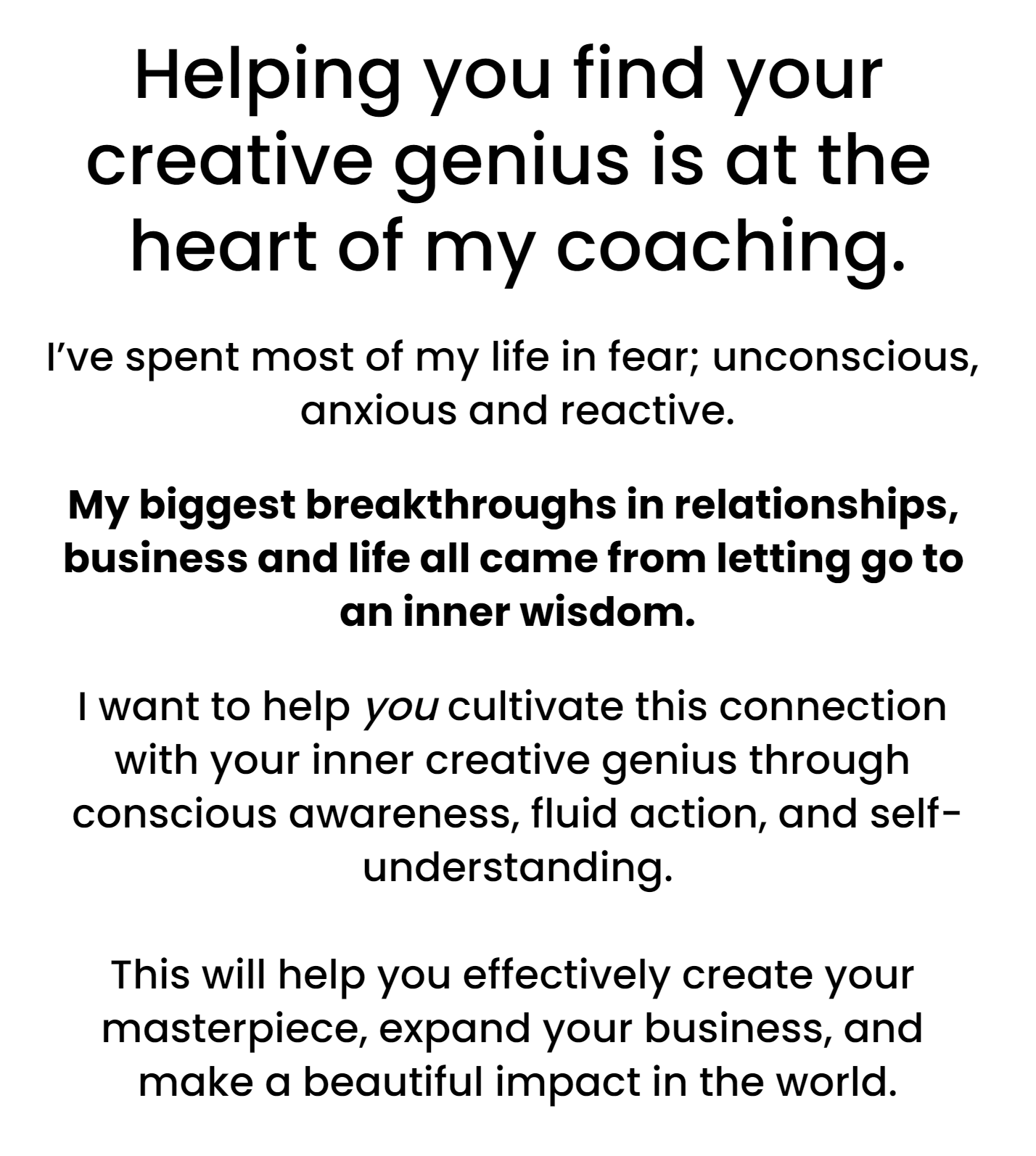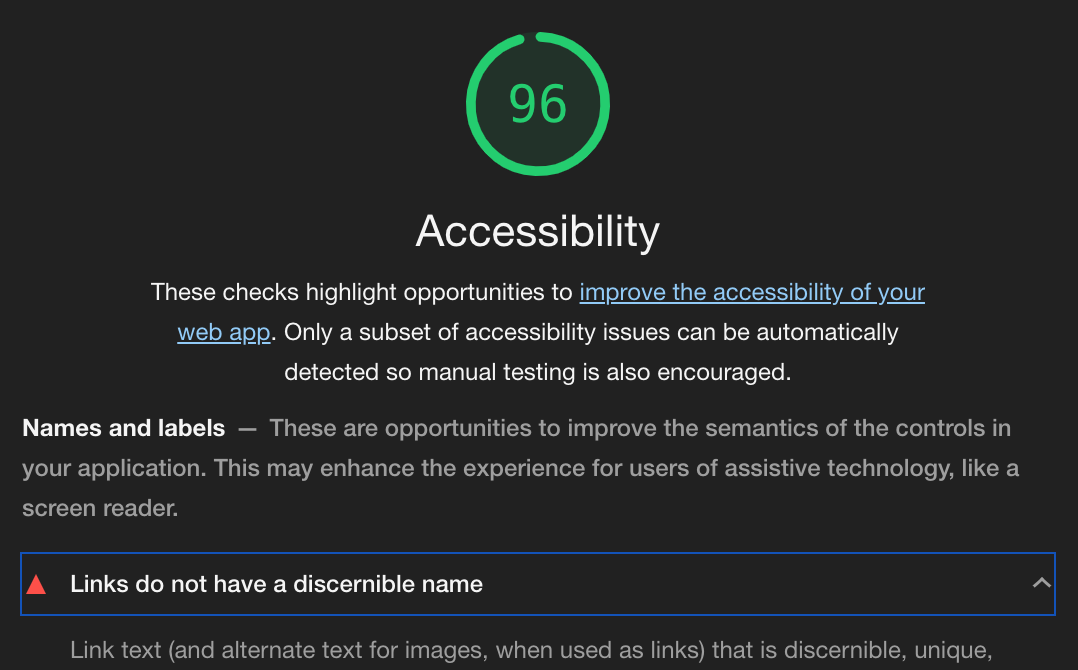Portfolio
Your online portfolio: the rights and wrongs
I got very strong snake oil vibes from Mathers and his artistic director friend JC. Some of his suggestions were strong, like targeting a specific audience, optimizing for mobile devices, and showing work in context. But some of his advice was entirely wrong like providing a physical address, updating constantly, and making work shareable to chase going viral. There’s also no controversy about flash—it’s dead—and while “most” artistic directors JC knows may use iPhones, it’s important to optimize for all phones; Apple is only ~25% of the global smartphone market.
Mathers’ personal site is all over the place. His homepage has a huge banner and call to action for “leaders and entrepreneurs” to contact him but his about page mentions his specialization with artists, writers, and creatives. Interestingly enough, he doesn’t seem to practice what he preaches. His portfolio section is just a photo gallery providing no context regarding the work that went in to the individual pieces, there’s no address on his contact page or social media quick sharing links on his portfolio pieces, and the footer suggests his site hasn’t been touched since 2019. However, what I find increasingly offensive is that he calls his YouTube videos films, that none of the screenshots of portfolios are credited (they obviously don’t belong to either Mathers or JC) and, especially, this typeface:

Fortunately, Muench provides a much more thoughtful and professional approach.
5 design principles for building your first portfolio
While the piece ultimately ends up being a plug for posting regularly on Dribble, Muench’s five design principles end up being practical advice for anyone creating deliverables of any kind.
Paraphrased, his principles are
- Analyze the rhetorical situation
- Meet user expectations and needs
- Take pride in your work
- Document, document, document
Before diving into work, it’s important to know three things: audience, purpose, and context. These three things make up the rhetorical situation, rather the who, the why, and the how, respectively.
Identifying the audience leads to the next point of meeting user needs and expectations. Websites have been around for decades, and users have certain expectations. Changing interfaces that have been around for a much shorter amount of time like Facebook or iOS leave users unhappy even if only initially. While there’s a time and place to give users a car instead of a faster horse, a portfolio is neither. Fit into the F-shaped reading pattern. Don’t hide the navigation. Use hierarchy. Demonstrate knowledge of “the rules.”
A point I was especially happy to see Muench make is accessibility. W3C compliance is important, but reading is dense, and testing it manually is challenging. An automated tool like Lighthouse can test sites for accessibility, as well as performance and SEO. It’s included with Chrome.
To generate a Lighthouse report:
- Open Chrome and go to the page you want to analyze.
- Launch Chrome DevTools by pressing Ctrl+Shift+I (or Option + ⌘ + J for Mac) or right-click (or control-click for Mac) the web page then select Inspect.
- Next to Network click » then select Lighthouse.
- Select the Categories and Device type, then click Generate report.

Muench’s 3rd principle was more about only selecting work that you feel passionately about. While that’s fair for portfolios, it’s not too applicable in a broader sense. Even if you’re your own boss, you can’t always work on what you’re passionate about. However, you can still treat all of your work with the same attention and care. Your work is a reflection of you. Even if you hate what you’re doing, take pride in it and do it well.
The 4th and 5th principles were effectively the same. Document your process and document the outcomes. This is especially important when you’re writing self-assessments or justifying your cost to a potential client. Documenting these things helps you know and demonstrate your value.
Definitions
How to Cook That, one of my favorite YouTube channels, has a series called 200 year old recipes where Ann Reardon follows recipes from a 200-year old book. Anyone who believes that cookbooks aren’t technical writing has clearly never cooked or is trying to further an imagined hegemony over seemingly disparate fields.
Allen points out that definitions of technical writing are either exclusionary (Twin Cities’ STC competition), incomplete (Miller on clarity), or inaccurate (Dobrin). An interesting question that she raised is how to make necessary distinctions between good and bad technical writing. We still don’t have an answer for this. From page analytics to star ratings to net promoter scores to surveys, there’s still little evidence of what a good doc actually is.
Kelley and Masse take a different approach by defining what technical writing is not and end up with what Allen calls a content-dependent definition. Additionally, their assumption that any writing can occur without attempting to persuade is flawed. While “pure science” may be to know, technical writing is more than just informing readers. Technical writing is convincing readers to choose a product, to use a product, to stick with a product.
At work we have profiles that show our office location, title, team members, reporting chain, among other things. One of the fields is a mission statement. Mine is Eliminate institutional knowledge—there’s a silly badge for having a three-word statement. While Dr. Allen writes
I think it will have to be an extensive and flexible definition that will represent the complexities and delicate balances of content, purpose, style, format, and all the other components of successful technical writing-not only the components of current technical-writing practices, but those of the twenty-first century as well.
I think my three-word mission statement offers a satisfactory definition. Write a standard operating procedure. Explain how that feature works. Keep notes for the weekly meeting. Help an SME get published in a journal. Design a textless onboarding experience for an app. Record a video to explain how to play the board game Scythe. Create remote training content to help hourly workers earn their MAST permit. Write aria-labels for a confusing UI. It all fits.
History of Tech Com
I remember getting into a spirited debate with one of my undergraduate professors over what constitutes a professional. I suggested that a professional is anyone who receives money in exchange for labor, only differentiating professionals from hobbyists. My professor countered me by asking about busboys, window washers, or dog walkers, and continued to explain that a professional is defined by an existing body of knowledge. It turns out that this professor was an STC bigwig and a member of a number of STC committees including the Body of Knowledge team.
I still stand by my definition.
From balancing dishes from multiple tables to testing the PPM (parts per million) of a sanitizer solution in the tri-sink to preparing scaffolding to perfecting the continuous motion to recognizing aggression and assuaging it, every job is predicated on an existing body of knowledge, peer reviewed or not. Maybe it’s small dog syndrome or perhaps just jealousy for other established fields, but there seems to be a pattern, at least in STC, to justify its existence by putting down other fields. Engineers can’t write. That’s not technical writing. That’s not a profession.
It seems fitting that another STC article would attempt to justify and validate technical communication.
Malone assumes that every profession requires an accompanying professional organization. Maybe it does. I’m not familiar with the professional professions’ bylaws. What is professionalization? What governing board declares a field a profession or not? The distinction is irrelevant. This continual grandstanding only exists to say, at best, “I’m as good as you” and “I’m better than you” at worst. I’ve read and discussed what feels like the same article ad nauseam (from Israel Light’s Technical Writing and Professional Status to Hallier and Malone’s Light’s Technical Writing and Professional Status: Fifty Years Later), and this article isn’t saying anything new.
The profession’s formal adoption of the term technical communication as the name of the profession represented a correction, rather than an update, of the name; the term technical writing had always been a misnomer when applied broadly to the profession.
This statement is absurd. STC changing its name from the Society of Technical Writers and Publishers to the Society for Technical Communication doesn’t speak for anything beyond the 4,500-member organization, as of 2013, though their YouTube page with 474 subscribers claims they have 14,000 members. The “profession” has not adopted a singular term. In my own short career I’ve been a technical writer and documentation developer. I’ve had colleagues with titles like visual designer, information architect, technical editor, documentarian, and UX writer. All of the titles perform essentially the same role. Even my undergraduate program recently changed its name from technical and professional communication to professional writing and information design.
More recently, Carliner (2003) has argued that professional organizations in technical communication contribute to feelings of power, status, and legitimacy at both the individual and communal levels.
How insecure are we that feelings of power, status, and legitimacy are the impetus to achieve a professional status? We’re already knowledge workers. We’ve achieved the “white collar” status. What more is there to gain? What are we trying to prove and to whom?
Misc observations from the other readings
Doody’s mention of the “transmission of knowledge” is an interesting criterion. Michael Hughes wrote Moving from Information Transfer to Knowledge Creation: A New Value Proposition for Technical Communicators in 2002. It’s interesting that a term combining two methodologies Hughes saw as distinct defines technical literature in antiquity.
I wish Tebeaux included more than a survey of 1st documents written by women. It’s a shame that women felt the need to preface their publications with an apology. I hope we’ll also read non-white scholars’ contributions and publications to our field. So far it seems like all of the readings have come from white, western writers.
Discussion Questions
Consider the following excerpts:
Light (1961) was fond of calling attention to the illegitimacy of technical communicators: he believed they were “a bastard group of uncertain origin, with no conventional or legitimate genealogy.
Sweet (1957) noted that many technical communicators in the 1950s took great comfort from the fact that government agencies such as the Bureau of Census and the Federal Security Agency listed the technical writer as a professional worker; however, as Sweet (1957) also pointed out, these agencies recognized the billiard player, jockey, dog trainer, freak, masseur, gambler, fortune teller, animal impersonator, yodeler, and stooge as professional workers.
- What is professionalism within the context of 1950s America?
- Why the gatekeeping?
- Why could a technical writer achieve “professional” status but not a technical editor?
- How is professionalization relevant today?
References
Allen, J. The case against defining technical writing. Journal of Business and Technical Communication, 4, 68–77.
Doody, Follinger, & Taub’s “Structures and Strategies in Ancient Greek and Roman Technical Writing: An Introduction” in Studies in History and Philosophy of Science, 1–4. Retrieved from https://web.archive.org/web/20120803131120/http:/www.hps.cam.ac.uk/people/taub/structures_and_strategies.pdf
Durack, K. T. (1998). Gender, technology, and the history of technical communication. Technical Communication Quarterly, 6(3), 249–260.
Fleck, R. (2019, October 21). 5 design principles for building your first portfolio. Dribbble. Retrieved from https://dribbble.com/stories/2019/10/21/5-design-principles-for-building-your-first-portfolio
Kelley, P. M., & Masse, R. E. (1977). A definition of technical writing. The Technical Writing Teacher, 4(3), 94–97.
Malone, E. A. (2011). The first wave (1953–1961) of the professionalism movement in technical communication. Technical Communication, 58(4), 285–306.
Mathers, A. (n.d.). Your online portfolio: The rights and wrongs [Web log]. Red Lemon Club. Retrieved from https://www.redlemonclub.com/your-online-portfolio-the-rights-and-wrongs
Tebeaux, E. (1999). The emergence of women technical writers in the 17th century: Changing voices within a changing milieu. In T. C. Kynell & M. G. Moran, Eds. Three keys to the past: The history of technical communication (pp. 105–122). Stamford, CT: Ablex.